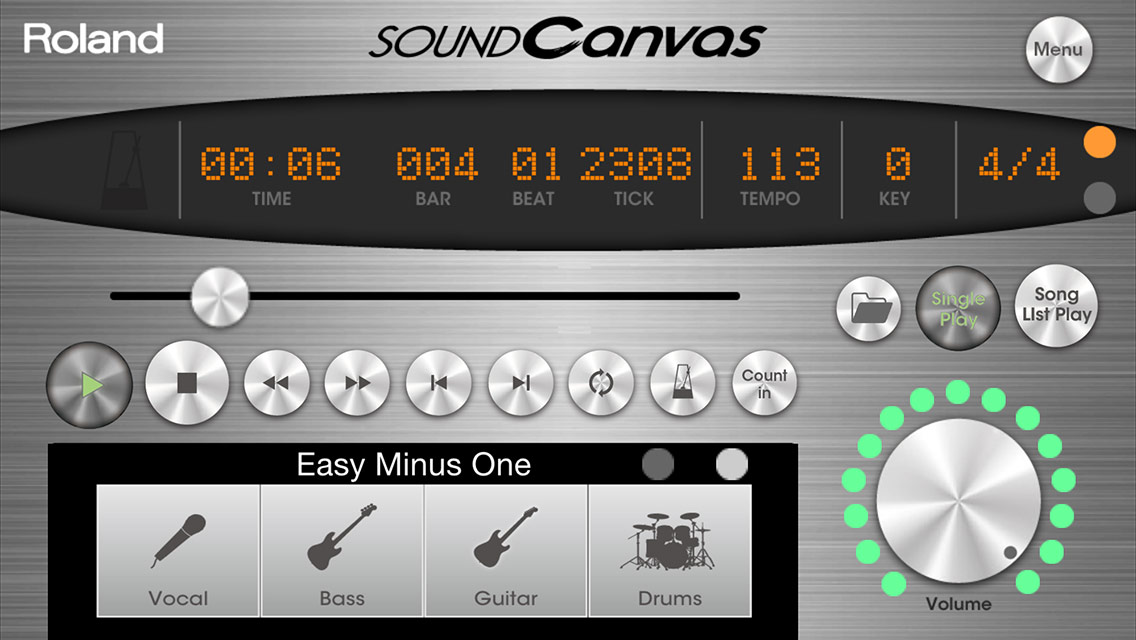

Since these files are so rare there are almost no tools available that support them. (In fact I don't think I've ever seen one.) Type 2 files can contain multiple Type 1-style songs kind of like a self-contained MIDI playlist. Type 2 files are described by the MIDI standard, but they never caught on.Tracks can also be named, which many composers use to describe the musical role of each particular track. The order of these tracks in the file does not necessarily correspond to the MIDI channels of the data they contain (so, track 1 might have notes meant for MIDI channel 10). Type 1 files can include multiple "tracks" which are most commonly used to contain separate musical parts meant for different MIDI channels.These are the most common kind of MIDI file, and the most widely supported. If the file contains a multitimbral song with parts intended for multiple MIDI channels, all of this data is jumbled together in the same data segment, and it's up to the sequencer or instrument loading the file to route events to the right channels during playback. Type 0 files contain a single data segment that includes the entire contents of the file.There are different kinds of Standard MIDI files: One slightly confusing thing about Standard MIDI Files is that despite the SMF acronym, the files usually have a.
#GENERAL MIDI PLAYER VST PATCH#
Basically, whatever can travel down a MIDI cable can be stored in a Standard MIDI file, including not just note and program change data, but even proprietary SysEx data (like patch banks and firmware updates).

But before we get started, let's settle on some terminology.

#GENERAL MIDI PLAYER VST SERIES#
Within Preferences > Plug-Ins, I have selected the Default General MIDI VST Instrument to be VSTSynthFont64 (a GM MIDI instrument which I have also used successfully with GM MIDI files in Cubase), and I have also tried Acoustica Instruments.This multi-part series describes how Live handles MIDI files and covers some applications and instruments that will help you make the thousands of free General MIDI files available on the Internet work inside Live.
#GENERAL MIDI PLAYER VST WINDOWS#
I know my GM midi files are good and they play correctly in an old version of Cubase SE via Halion SE, and even play in Windows Media Player (of course they sound particularly rubbish this way but the instruments and tune are correct). I can of course go into each track and edit, but I was hoping it would just work and I can concentrate on my practice. The file will load, showing the seperate tracks and the midi data, but apart from drums on ch.10, the instruments changes don’t seem to register and all tracks play the piano. I open MID files by selecting File > New Project and browsing to the file location. My problem is that although I can load the GM midi files they will not play the correct instrument and all tracks except drums default to the piano 01. With Mixcraft I can also display the staves if I want to see musical notation of a track However one thing I had planned to do was to load ‘general midi’ files and play them as backing tracks while practicing, easily soloing the drums and bass for example or tweaking levels of other instruments/tracks to suit what I am practicing. I’m a newbie to Mixcraft and am finding it very good.


 0 kommentar(er)
0 kommentar(er)
